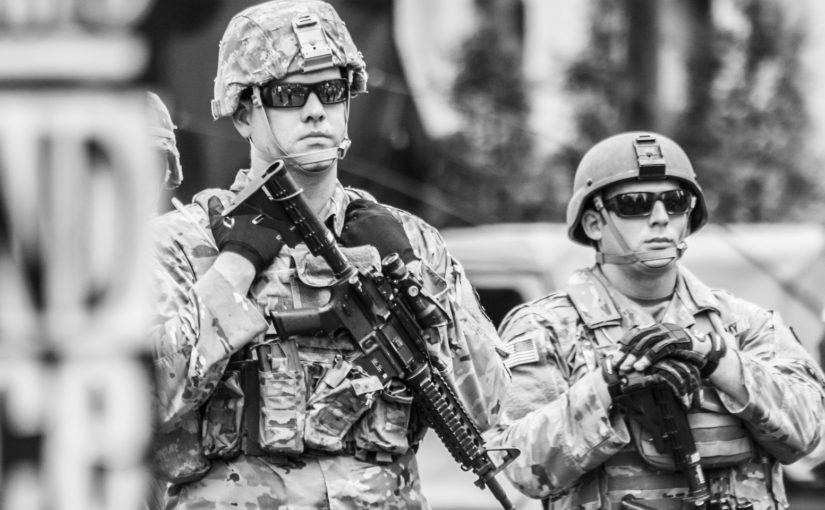In war and armed conflict, the life of a soldier is always at risk. It’s the time when medical teams and emergency responders are needed the most. However, on battlefields, medical procedures are often delayed, and more often than not, when aid finally arrives, it’s too late. Luckily, with new technology emerging, innovative tactical medical kits are being developed and utilized by military personnel and law enforcement officers to ensure quick aid and better care for injured individuals.
These tactical medical kits are packed with advanced medical supplies and innovative tools that allow medical professionals to access them at a moment’s notice. In this post, we’ll explore the latest technologies being utilized in tactical medical kits and how they’ve become essential tools for those serving on the frontlines.
Portable Stretchers
Carrying a large stretcher is neither easy nor convenient for officers in high-stress situations. Portable stretchers have become a game-changer for emergency personnel and their ability to transport injured individuals quickly and securely. The Bantha™ Tactical Stretcher, for instance, is an ultra-portable stretcher that folds up into a backpack to be carried wherever needed. These stretchers are made of durable materials and can support a significant amount of weight to ensure that injured individuals remain stable throughout transport.
Hemorrhage Control
Severe bleeding is one of the most urgent and deadly wounds that the military deals with when it comes to injuries. In situations like this, it’s essential to have quick care for wounds to stop heavy blood loss. Hemorrhage control includes tourniquets, pressure dressings, and other clot-inducing agents. However, bleeding control is an evolving process, and with the technology available today, the applications for stopping bleeding have become even more advanced. The XStat® Rapid Hemostasis System releases microsponges that are capable of plugging deep wounds fast and efficiently to stop bleeding.
Automated Emergency Defibrillators
Automated Emergency Defibrillators (AEDs), found in many public places, have proven to be a life-saving medical tool. While paramedics have had them for years, they were never available to frontline soldiers. However, the size and weight of these devices have been optimized, making them ideal for those on the ground. TactiMed’s MYO AED system is an excellent example – a small, lightweight, and comprehensive system that can be carried in one hand by an officer. It is equipped with the latest features like wireless connectivity, GPS, and automatic heart analysis, which make it easier and more efficient to use.
Mobile Operating Rooms
Technology innovation has birthed an interesting mobile operating room concept. Medical trailers are deployed close to warzones meant to be used in contingency planning where soldiers need immediate medical care, including surgeries. These mobile operating rooms contain all the necessary equipment for a mobile surgical team, such as anesthesia, x-ray machines, and ventilators. The available space is divided into different rooms such as an operating room, a sterilization room, a laboratory, and a nursing station – making it easy to attend to multiple soldiers at the same time.
Those who serve in the military and law enforcement work in high-pressure environments that require precise action in an instant. That’s why the innovation of tactical medical kits has become incredibly important to the safety and welfare of our frontline soldiers. New technology has brought forth a generation of medical kits that are efficient, portable, and versatile, greatly improving the efficiency of life-saving assistance. Tactical medical kits are sure to be seen as one of the most important tools of the future, providing well-equipped kits for injuries that need to be dealt with promptly and professionally for groups on the frontlines. With these technological advancements, there is every reason to believe that more and more lives will be saved on the battlefield moving forward.
For more great articles, please click here.
